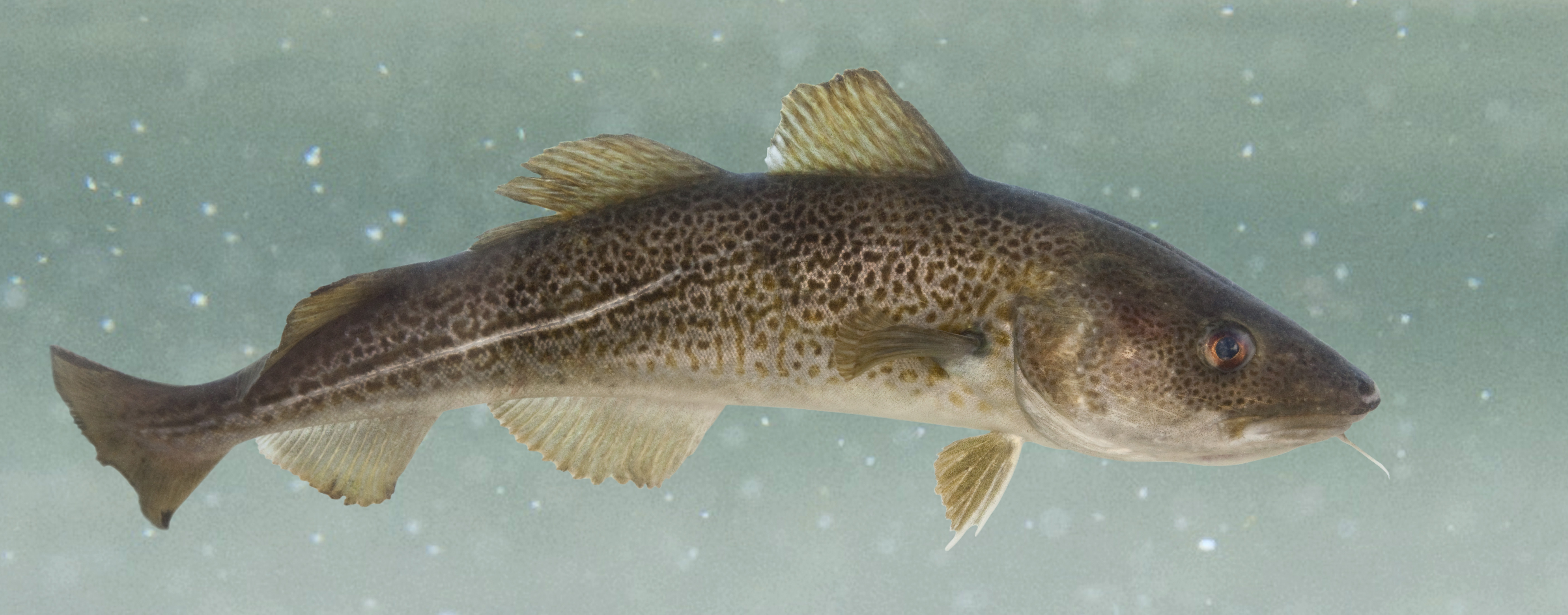Environmentally conscious fans of fish favour local white fish first and foremost, which is doing well in the wild.
The four most important fish caught by Baltic Sea fishers are the cod, salmon, sprat and Baltic herring. Unfortunately, only half of them are doing well: the situation of the salmon is complicated by the hurdles in its migration path; the Baltic herring and sprat are threatened elsewhere in the Baltic Sea, away from Estonian coastal waters, by overfishing;
and the cod has almost disappeared from the Baltic Sea due to being overfished. Historical fishing records show that Estonian sea cod once grew to almost 1.5 metres in length, and that as recently as 30 years ago, the average length of cod was 40-50 cm. Today, it is difficult to find cod that are longer than 30 cm.
A sad example of careless attitudes towards endangered species is the Atlantic sturgeon. This fish, which also used to live in Estonian waters, has disappeared mostly because of river expansion, pollution and overfishing. Although the sturgeon has never been an important food fish in Estonia, it once played an important role in the fishing industry. Today, all 20 species of sturgeon are in critical condition or at risk of extinction, but attempts have been made to restore the sturgeon population of the Baltic Sea.
Which food fish and types of seafood are sustainable? Take a look at here.

Atlantic cod (Gadus morhua). Photo: Tiit Hunt